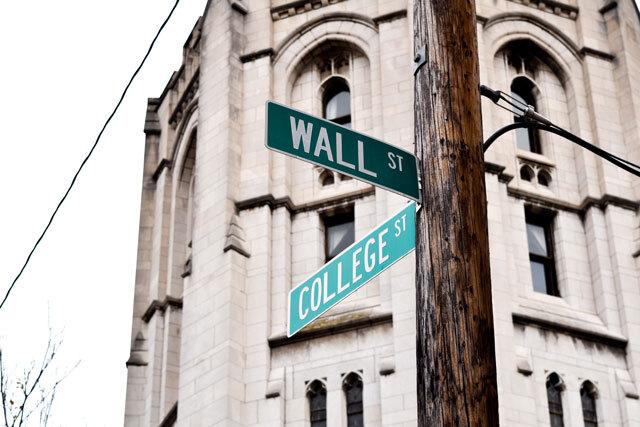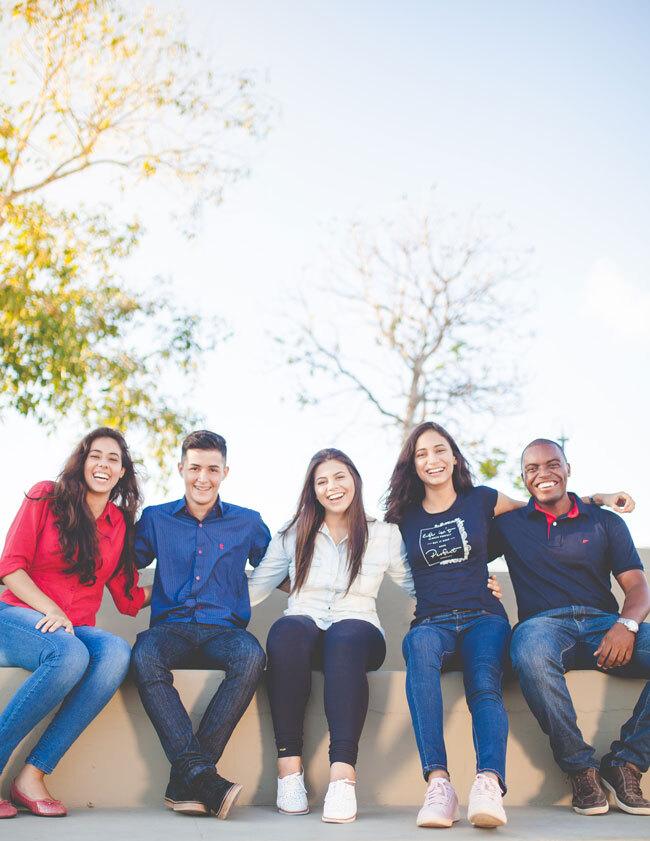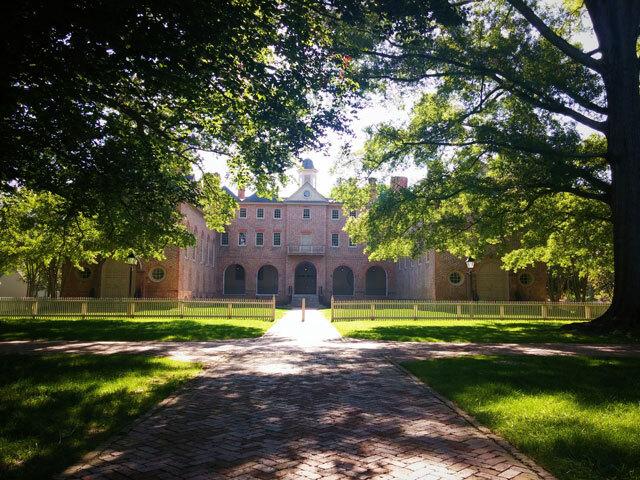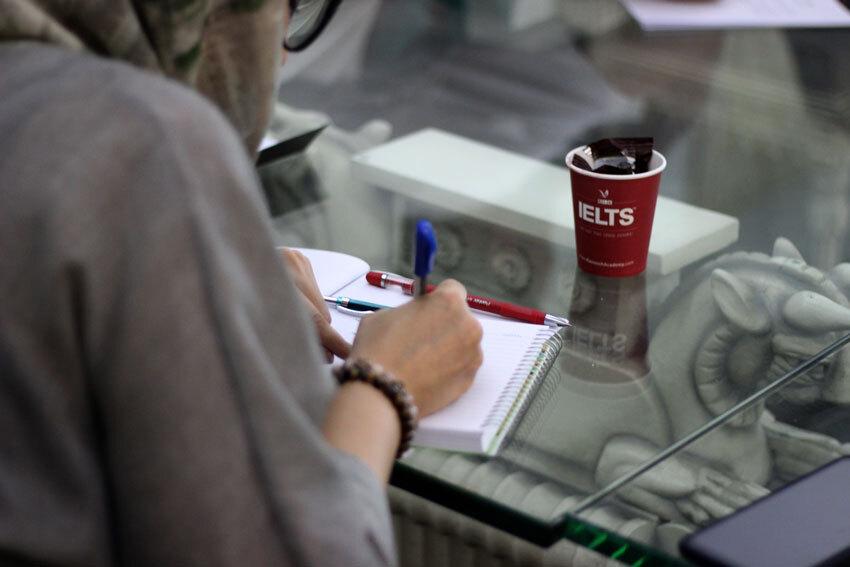The Insider’s Guide to the American Classroom: Tips for International Students

Overview of American education for international students. Learn about levels from preschool to college and navigating applications, tests, financial aid, and visas.
Introduction to Studying in United States
The purpose of this guide is to provide international students with a helpful overview of the American education system and the key steps involved in studying in the United States. America has one of the largest and most prestigious higher education systems in the world, attracting over 1 million international students every year. With over 4,500 accredited colleges and universities across all 50 states, the American system offers a diverse range of options.
The American education system reflects the country’s values of freedom, diversity and excellence. Students have great flexibility in choosing their field of study from both academic and vocational programs. Degrees range from two-year associate degrees to four-year bachelor’s degrees, master’s degrees typically taking 1-2 years, and doctoral degrees taking around 4-6 years on average.
While navigating the American education landscape can seem daunting initially, this guide breaks down the key steps international students should take – from researching schools, applying for admissions, obtaining a student visa, financing your education, arriving in the US, succeeding academically and socially, and working while studying. We aim to provide insider tips and advice so you can make informed decisions. Whether you dream of attending an Ivy League institution or a small liberal arts college, the American education system offers a wealth of opportunities. Read on to learn how to make the most of this experience!
Choosing a School

One of the most important decisions international students face is choosing the right school in the United States. There are several key factors to consider when researching schools:
Public vs. Private
- Public schools are funded and operated by government entities, while private schools are independently funded, typically through tuition, donations and endowments.
- Public schools generally offer lower tuition rates for in-state residents. Private schools often provide more financial aid and scholarships.
- Admissions at public schools may be less competitive, while private schools often have more selective admission standards.
- Both public and private schools can provide high quality education – choose based on academics, culture, location, cost, etc.
2-Year vs. 4-Year
- 2-year colleges (also called community colleges) provide associate’s degrees and vocational certificates. They are often more affordable.
- 4-year colleges and universities offer bachelor’s, master’s and doctoral degrees. Research universities in particular focus on research and postgraduate education.
- Consider how long you want to study in the U.S. and what level of degree you hope to obtain. 2-year colleges can be a more affordable place to start.
Other Factors
- Location – Urban, rural, climate, distance from home, transportation.
- Size – Student population, physical campus size.
- Academics – Programs offered, quality of education, professors, class sizes.
- Extracurriculars – Sports, clubs, activities, Greek life.
- Culture – Diversity, political atmosphere, student body dynamics.
- Cost – Tuition, living expenses, financial aid availability.
- Job prospects – Post-graduation employment and internship opportunities.
- Rankings – Pay attention to globally recognized college ranking systems.
Thoroughly researching these key differences and priorities will help international students make the best school choice. Consider your academic goals, finances and interests.
Admissions Process
The admissions process for international students can seem daunting, but being prepared and organized will help ensure a smooth application. Some key aspects of the admissions process include:
Standardized Tests
Most US colleges require international applicants to submit SAT or ACT scores. Plan to take these tests at least a year before you plan to start college. Allow 2-3 months for scoring and sending official score reports to colleges after you take the exam.
The TOEFL or IELTS are usually required to demonstrate English proficiency. Take one of these tests early and aim for high scores to prove language ability.
GPA
Your academic transcripts and GPA are important, so maintain strong grades throughout high school. US colleges want to see you have taken challenging courses.
Essays
College essays allow you to showcase your personality. Brainstorm interesting topics and give yourself plenty of time to outline ideas and go through multiple drafts. Have teachers or mentors proofread essays before submitting.
Recommendations
Ask teachers who know you well to write recommendations that highlight your academic abilities, character traits, and potential for success. Provide recommenders with your resume/CV so they can include specific examples.
Application Tips
Proofread everything, follow all instructions, and submit complete, accurate applications by the deadlines. Be organized and track requirements for each college. Reach out early if you need financial aid or visa assistance.
Stay positive throughout the process – your hard work will pay off!
Visa Application
The F-1 student visa is required for international students who wish to study in the United States. Here’s what you need to know about applying for the F-1 visa:
Timeline
- Apply for your I-20 from your chosen university at least 3-4 months before your program start date. The I-20 is the Certificate of Eligibility that you’ll need for your visa application.
- Schedule your visa interview appointment as soon as you receive your I-20, as wait times can be long.
- Attend the visa interview at the nearest US embassy or consulate in your home country. This is required – you cannot get an F-1 visa within the US.
- Allow 1-2 months for administrative processing after your interview before your visa is issued.
Required Documents
You’ll need to bring the following documents to your visa interview:
- Your valid passport
- The I-20 form from your university
- Evidence of financial resources to cover tuition and living expenses (bank statements, scholarships etc.)
- Acceptance letter from the university
- Any other supporting documents (standardized test scores, transcripts etc.)
- Visa application fee payment receipt
- SEVIS fee payment receipt
Be prepared to explain your reasons for studying in the US and tie it back to your future goals. Visa officers need to determine if you are likely to return home after finishing your studies.
Financing Your Education

Financing your education in the United States can seem daunting, but with some planning it is possible. There are several options international students should consider:
Scholarships
Many US universities offer scholarships specifically for international students. These are usually merit-based and may cover partial or full tuition. Research scholarship options unique to your university. Some external organizations also offer scholarships for international students in specific fields of study.
Loans
Government student loans are generally not available for international students, but you may qualify for private student loans from banks and other lenders. Interest rates and terms vary, so compare options carefully. You’ll likely need a creditworthy US cosigner.
On-campus jobs

Many international students work part-time on campus, usually up to 20 hours per week. Common jobs include working in dining halls, libraries, administrative offices, or as research assistants. Campus jobs provide a convenient source of income and allow students to meet employers’ work authorization requirements.
Other financial planning tips include establishing a budget, limiting living expenses, and checking with your home country’s education authorities for funding opportunities. With early planning, creativity, and persistence, financing a US education is possible for international students.
Arriving in the United States

Arriving in the United States as an international student can be both exciting and stressful. Here are some tips to help you prepare for your arrival and adjust to life in your new home country:
Travel Tips
- Book your flight well in advance to get the best price on airfare. Fly into a major international airport near your university if possible.
- Make sure you have all the proper travel documents ready, including your passport, student visa, acceptance letter from your university, and contact information for your school’s international student office. Pack copies of these documents separately from the originals.
- Alert your bank that you are traveling internationally to avoid issues using your ATM or credit cards. Consider getting a credit card with no foreign transaction fees.
- Bring some cash in US dollars for your immediate needs upon arrival.
- Arrange transportation from the airport to your housing. Many universities offer airport pickup services for international students.
- Public transportation or a taxi/rideshare are other options.
What to Pack
- Bring any essential prescription medications you take, as well as over-the-counter medicines, toiletries, and a first aid kit. These may be expensive to purchase after arrival.
- Pack versatile, lightweight clothing that layers well for the region’s climate. Be sure to include proper outerwear like coats, hats, gloves, boots, umbrella.
- Bring any small personal items that will make your new space feel more like home, such as photos, decorative objects, or linens.
- Pack school supplies, laptop, phone, chargers, adapter plugs for electronics.
- Bring your own bedding and bath towels. Or plan to purchase upon arrival.
- Pack an empty suitcase for items you’ll need to purchase after arriving.
Airport Pickup
- Confirm the pickup details with your university ahead of arrival. Know the time, location, and name of the driver.
- Look for university representatives holding welcome signs or your name at the pickup area. Don’t leave with someone you don’t know.
- If your pickup doesn’t arrive, call the emergency contacts provided by the university. Have a backup plan to get to campus safely.
- Use airport restrooms, get local currency, and purchase a SIM card if needed during layovers. Eat before you depart the airport.
Arriving prepared will help you feel more at ease in your new surroundings. Reach out to university staff during orientation for any help adjusting.
Academics
Academics in American universities can differ quite a bit from what international students may be used to. Understanding the class structure, grading system, and best practices for communicating with professors can help students better navigate academics.
Class Structure
- Most undergraduate classes are organized around lectures and discussions. Lectures are typically given by the professor to the full class. Discussions are smaller breakout groups led by a teaching assistant.
- Classes generally meet 2-3 times per week for 1-2 hours. Some classes like labs may meet more frequently for shorter durations.
- Class sizes range from small seminars of 5-20 students to large lectures with 100+ students. Discussions are always small groups.
- Most programs have required major courses and electives. Electives allow flexibility to explore different topics.
- Class content pulls heavily from assigned textbooks and supplemental readings. Professors expand on materials through lectures.
Grading

- Grades are given on an A-F letter scale with pluses/minuses. Generally:
A = 90-100%
B = 80-89%
C = 70-79%
D = 60-69%
F = 0-59% - Grades are usually determined from assignments, tests, participation, and a final exam or paper.
- GPA measures academic performance on a 4.0 scale. A 4.0 GPA is all As.
Communicating with Professors
- Office hours are dedicated times for students to ask questions and get help. Use them proactively.
- Email is the main way to contact professors. Use a formal tone, clear subject line, and your name/class.
- Be proactive about asking for help early and often. Don’t wait until right before due dates.
- Develop relationships with professors who can serve as mentors and recommenders.
Student Life
One of the most exciting parts of studying in America is experiencing student life on campus. American universities offer a wide range of clubs, sports, events, and activities that allow you to meet new people, pursue your interests, and get involved.
Clubs
Joining a club is a great way to meet students who share your interests. Most universities have hundreds of student organizations covering academic topics, hobbies, social causes, cultural groups, and more. Clubs host meetings, events, trips, and community service activities throughout the year. They also provide leadership opportunities as you can take on officer positions and organize events. Getting involved in a club or two is a fun way to make friends and feel connected on campus.
Sports
Attending university sports games is a popular activity. American colleges have competitive varsity teams for sports like football, basketball, baseball, soccer, and more. Games draw big crowds of students who come to cheer on their teams. Many schools also have intramural leagues where you can play casual, organized sports against other students just for fun.
Events
There are always interesting events happening on campus, especially in the evenings and on weekends. You can attend comedy shows, concerts, movie screenings, poetry slams, dances, talks, debates, and more. These events allow you to experience new things and provide a lively social atmosphere.
Culture Shock
While an exciting experience, studying in a new country also comes with culture shock. You may feel homesick, face language barriers, or find certain customs to be unfamiliar. This is entirely normal! Focus on making local friends, staying in touch with home, joining cultural groups, and being open-minded. The culture shock will pass as you adjust to life in America. Enjoy this special time exploring a new culture and way of life.
The student life at an American university enriches education with social experiences, new interests, and campus community. Making the most of it will lead to an unforgettable period of personal growth.
Working in the US
International students have several options to work while studying in the US. The most common options are Curricular Practical Training (CPT) and Optional Practical Training (OPT).
Curricular Practical Training (CPT)
CPT allows F-1 visa students to work off-campus if the work is integral to their academic program. CPT employment includes internships, cooperative education jobs, or any other work experience that is an integral part of the established curriculum. Students must maintain their full course of study and make progress towards completing their degree while on CPT.
To be eligible for CPT, students must have completed one full academic year in F-1 status. Part-time CPT (20 hours or less per week) has no effect on OPT, but 12+ months of full-time CPT makes students ineligible for OPT. Students should consult with their Designated School Official (DSO) to apply for CPT work authorization.
Optional Practical Training (OPT)
OPT allows F-1 students to gain practical work experience in their field of study after graduation. Students are eligible for 12 months of OPT at each education level (bachelor’s, master’s, etc). To apply for OPT, students must have maintained F-1 status for one academic year and must apply before graduating.
The OPT application process includes completing Form I-765 and submitting documents to USCIS. If approved, students will receive an Employment Authorization Document (EAD) allowing them to work full-time in their field of study. Students can start OPT up to 90 days after graduating or 60 days after receiving their EAD card.
Some students in STEM fields may qualify for a 24-month extension of their OPT, for a total of 36 months of OPT work authorization. To qualify, students must have completed a bachelor’s, master’s, or PhD in an eligible STEM field. Students apply for the STEM OPT extension before their initial 12-month OPT expires.
H-1B Work Visa
The H-1B visa is a common work visa that allows foreign nationals to work for US companies in specialty occupations. Students may be sponsored for an H-1B after OPT by an employer. H-1B applications are subject to an annual quota, so students should research the process and deadlines well in advance. The H-1B requires employer sponsorship and approval by USCIS.
Takeaways

Studying in the United States can be an exciting and rewarding experience for international students. Here are some key tips and final thoughts to help you make the most of your time as a student in America:
- Immerse yourself in American culture and make friends outside of just other international students. Join clubs and activities on campus and in your local community to meet diverse groups of people.
- Make use of campus resources like tutoring centers, counseling services, career advising, and mentoring programs. Don’t be afraid to ask for help.
- Look for internship and work opportunities that allow you to gain experience and put your education into practice. There are special programs like OPT and CPT for international students.
- Travel and explore the country when you have breaks from school. The diversity of American landscapes and cultures is an education in itself.
- Practice your English every day through conversations, reading, writing, and listening. The more you use the language, the more naturally it will come.
- Keep an open mind and appreciate the differences you encounter. Adjusting to a new culture takes time, but the personal growth is immense.
- Stay organized with the requirements and deadlines for maintaining your visa status. Keep all your paperwork and documentation in order.
- Develop skills in areas like communication, critical thinking, problem solving, and teamwork. These will serve you well academically and professionally.
- Make professional connections that can lead to job opportunities after graduation. Attend career fairs, join professional associations, and network.
- Savor every moment, even the challenges, as part of the international student experience. Studying in America will change your life and perspective.
The time you spend as an international student in the United States will shape your future. Approach it as a special period of growth and enjoyment. You will make friendships and memories that last a lifetime.
